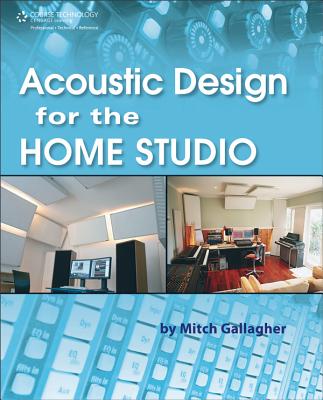
description
6With the advances in digital technology, musicians can now produce their own music at home. Over the years the gear has gotten much better, and musicians have learned a great deal about recording. So why do so many musicians and engineers have difficulty getting truly professional-sounding results? One reason? Acoustics. If the room you're working in has poor acoustics, it will be extremely difficult -- if not impossible -- to produce excellent results. You can't capture a true sound if the microphones don't hear the instruments and vocals correctly. You have to be able to hear what's truly going on with your tracks to make the proper decisions about editing, equalizing, processing, and mixing them. Acoustics can be a complex, math-laden science, but treating a room to make it sound great and function optimally as a recording studio needn't be difficult nor require hours in front of a calculator or computer screen. Improving a studio's acoustics can be simple and inexpensive -- all you need is some guidance. Acoustic Design for the Home Studio focuses on creating a greatsounding home or project studio in an existing room. It teaches the basic principles of acoustics that affect you in your home or project studio and how to solve any acoustical problems you may have without laying out much (or any) money. Whether you're converting a bedroom, a garage, a basement, or a corner of the living room, this book will help you improve the sound of the environment in which you're making music. The principles are easy to understand and the materials used for treating a room are readily available. Diagrams and photos of actual rooms created with the designs are included to illustrate concepts. Whether you want to pursue a no-cost solution, use "off -the-shelf" acoustic materials, or even splurge with an unlimited budget, you'll learn how to put your room together easily and effectively.
member goods
No member items were found under this heading.
Return Policy
All sales are final
Shipping
No special shipping considerations available.
Shipping fees determined at checkout.







